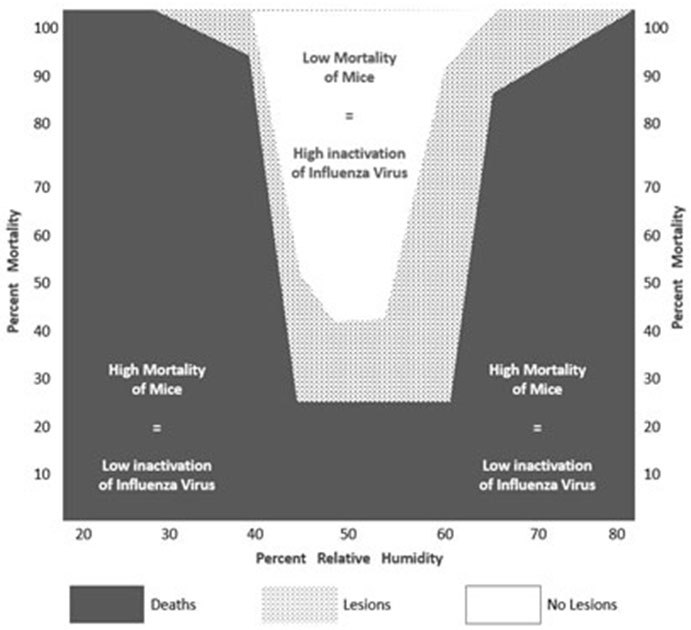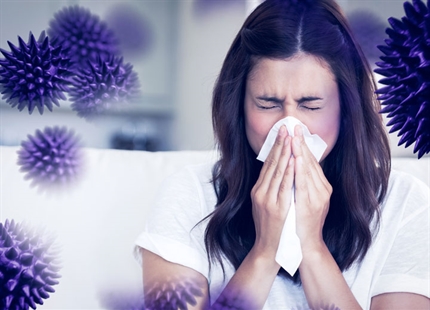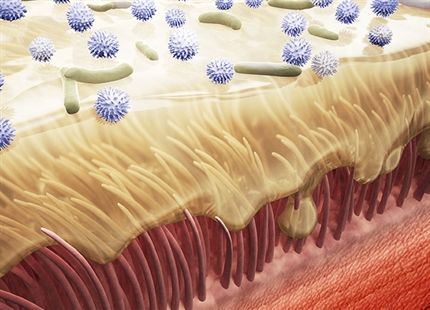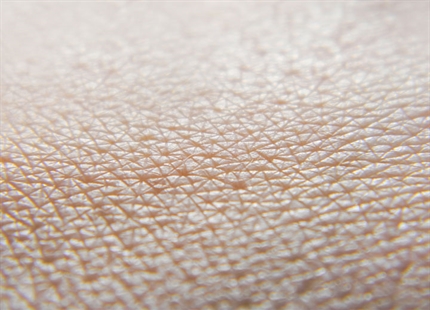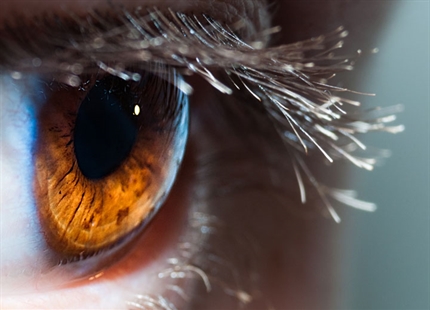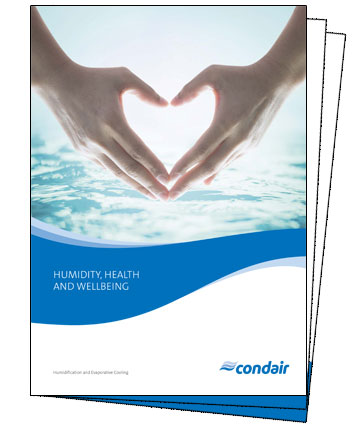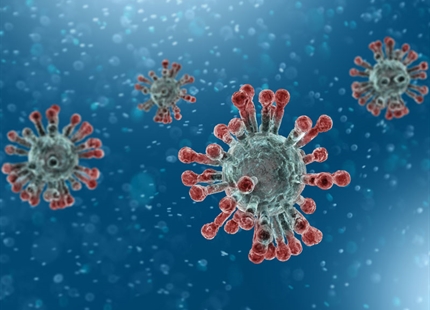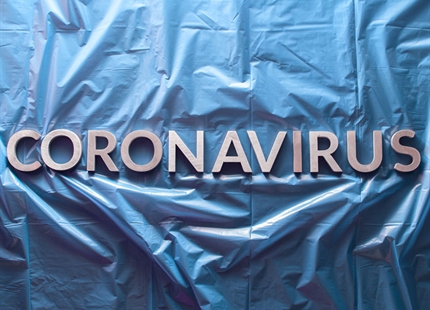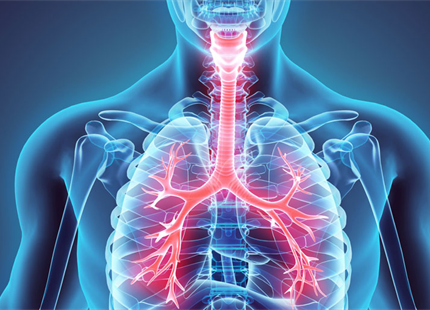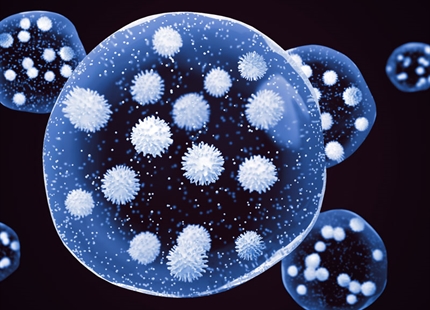Published: Sep 1948 | Journal of Experimental Medicine, 88 (3) 361-368
The influence of relative humidity on the infectivity of air-borne influenza A virus (PR8 strain)
William Lester
Abstract
"White mice were exposed to atmospheres containing known amounts of atomized influenza A virus (PR8 strain) of constant potency under conditions of varying humidity. It was found that an amount of atomized virus suspension which produced a 100 per cent mortality rate in animals exposed at 30 and 80 per cent relative humidity, respectively, resulted in the death of only 22.5 per cent of mice at a humidity of 50% The humidities between these values gave intermediate results." (see graph)
"The infectivity of the air-borne virus decreased so rapidly at a humidity of 50 per cent that it was impossible to secure a 100 per cent mortality rate in the exposed mice even by greatly increasing the dose of virus atomized."
"The use of a dialyzed virus suspension (comment: salt free virus suspension) at a humidity of 50 per cent resulted in the death of all exposed mice. This suggested that the deleterious influence of humidity was related to the presence of sodium chloride in the atomized suspension."
"These findings with influenza virus closely resembled those obtained by Dunklin and Puck with the bacteria strains pneumococci, streptococci, and staphylococci. This suggests that the factor responsible for the lethal effect of humidity is common to salt containing droplets and may inactivate viruses and bacteria."
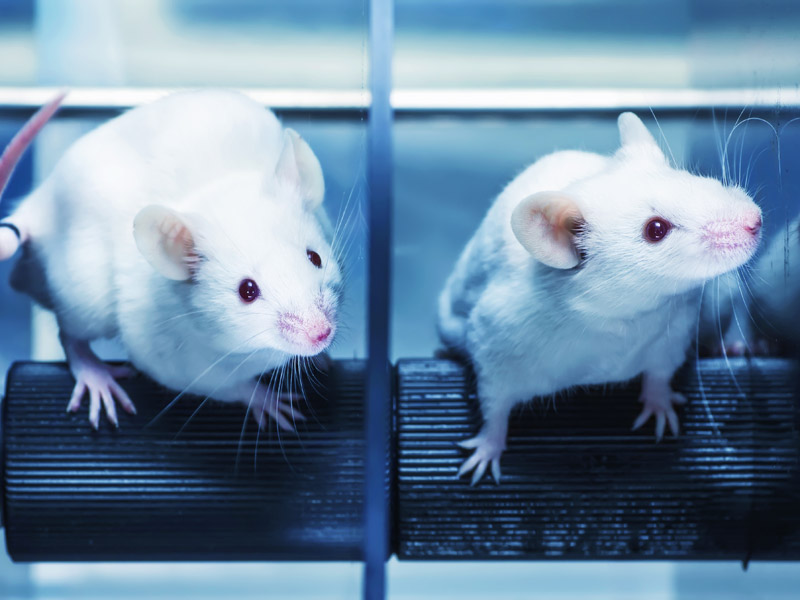
Faible humidité de l'air et ses effets sur les infections aéroportées
Une faible humidité de l'air favorise la propagation des virus et des bactéries dans l'air et leur diffusion dans un bâtiment entier, menaçant ainsi...
Read moreL'air sec et notre système immunitaire respiratoire
Une faible humidité assèche nos muqueuses et inhibe la défense naturelle de notre corps contre les microbes, virus et bactéries en suspension dans l'...
Read moreLa peau et l'air sec
Une humidité trop faible dessèche la couche externe de notre peau, ce qui provoque des démangeaisons, des gerçures et des problèmes dermatologiques.
Read moreL'air sec et nos yeux
Une trop faible humidité assèche le film lacrymal précornéen de nos yeux, ce qui nous rend sujet aux irritations oculaires et rend le port des lentil...
Read more